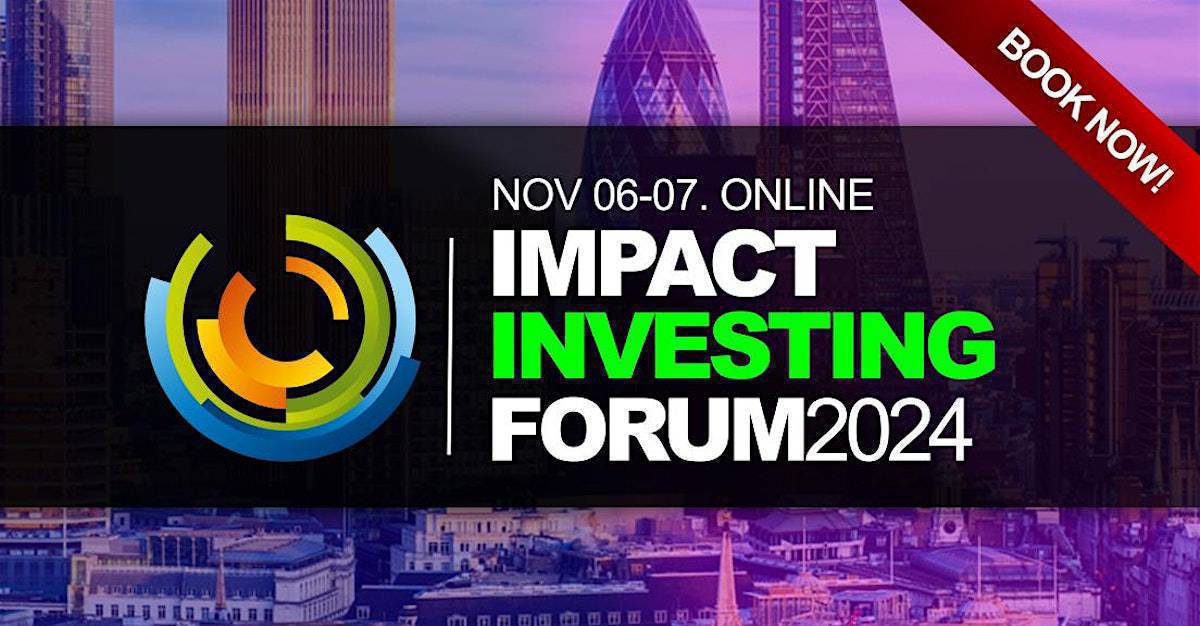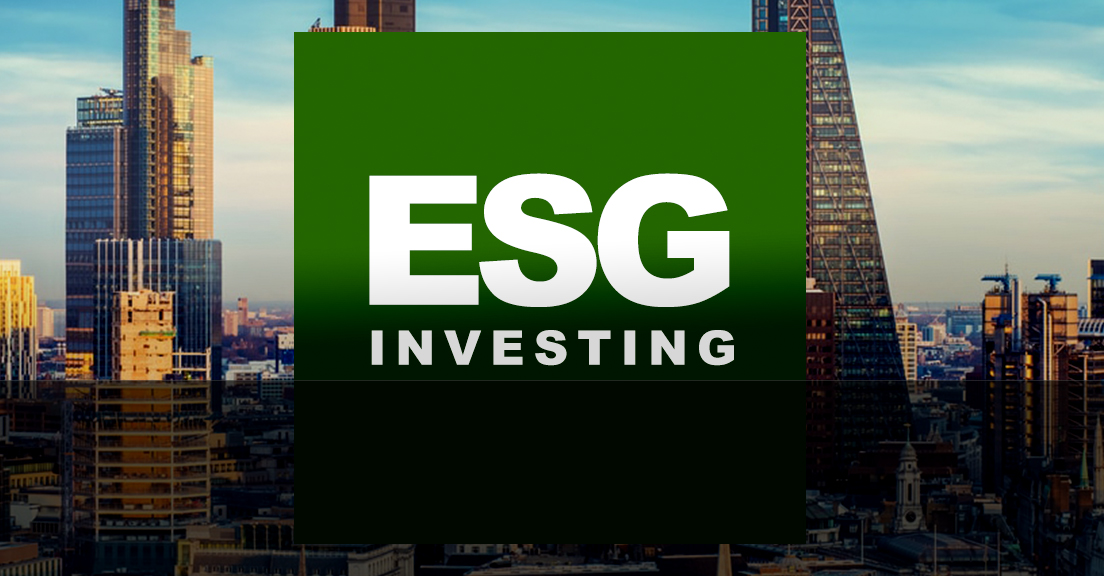Q&A: Streamlining Analytics for TCFD Reporting S&P GlobalQ&A: Streamlining Analytics for TCFD Reporting S&P GlobalQ&A: Streamlining Analytics for TCFD Reporting S&P Global
Impact Investing Forum 2024
https://impactinvestingconferences.com/
Online Event. Nov 06-07, 2024.
Book Now!
Companies and financial institutions are being urged by more countries to report their climate-related risks on a mandatory basis, rather than on a voluntary basis. There are many climate risk reporting frameworks, but the Taskforce on Climate Related Financial Disclosures (TCFD), has quickly become the standard that policy makers endorse. S&P Global Market Intelligence and S&P Global Sustainable1 presented a webinar, Streamlining Analytics to TCFD Reporting. They discussed a variety of topics, including emerging environmental, social, and governance (ESG) trends, and what mandatory TCFD reporting will mean in the future for firms.
This blog will share questions from attendees and the responses of Steven Bullock (Managing Director and Global Head ESG Innovation and Solutions at S&P Global Sustainable1) and Andrew Wellman (Product Manager, S&P Global Marketplace Workbench, S&P Global Market Intelligence).
Question: Do you see any collaboration or crossover between the recommendations from TCFD and other sustainability frameworks like GRI?
Steven Bullock, S&P Global Sustainable1 – One of the problems we hear from companies we work with is the alphabet soup of acronyms or reporting frameworks. It’s important to understand who your audience is and what you’re trying communicate, as each framework has a different audience. TCFD is a framework that communicates climate-related risks and financial opportunities to investors. GRI, on the other hand, provides a wider range of metrics to a wider set of stakeholders. It’s crucial to understand the purpose of each framework and what it means for your business in terms of communicating your message. It is also important to listen carefully to what investors and other stakeholders want from you in terms disclosure.
However, I believe we will see some harmonization of data and standards related to climate risk analysis. This is a good thing, as standardization of the basic building blocks, such as carbon emissions data, will benefit many market participants. This is important for data providers as well as us. It is crucial that we have more standard inputs to how we view things like carbon transition or physical risk.
Question: What are the main challenges corporations face in adopting TCFD technology?
Andrew Wellman, S&P Global Market Intelligence. I believe there are three major challenges for corporations when it comes to adopting TCFD. The first is awareness about TCFD and the importance of including it in your portfolio analysis. Adoption of TCFD requires commitment from key stakeholders. The second is having the data required to conduct the analysis. Through Xpressfeed(TM), all the necessary data was available, including the Trucost Environmental Datasets and Market Data as well as the identifiers that will link the data to the analysis. You need a way to update and review your analysis. Our method was Tableau dashboards, where key members can access the data visualizations for analysis and reporting. Adoption is made easier by the ability to access and analyze data on-demand. Everything can be automated using the same process as we did. These notebooks can run in just a few hours. The portfolio information will be available in the Tableau dashboard the next day. This allows you to not only use the portfolio information once, but also allow for ongoing analysis and reporting.
Question: What trends do you see in companies incorporating ESG metrics into SEC reporting? What frequency do you think a TCFD should be updated every year? Is it standalone? Is it integrated with other products?
Steven Bullock, S&P Global Sustainable1 : It is important for an organization to think about how often the underlying data are updated. When we think about the components of a TCFD Report, we are looking at financial information. We will be looking at information about carbon emissions that is related to your operations, supply chains, and so on. This should be done annually, even though some of the more futuristic scenarios for 2030 and 2050 might not be updated at that frequency.
It’s still a good idea to do this annually, so it aligns with your financial reporting. S&P Global has an annual TCFD report. It is included in our financial reporting. These financial metrics should be included alongside more traditional financial metrics when integrating this into filings. This is to encourage more integrated reporting. Stakeholders who are interested in understanding the financial performance and material impacts of a business will find it easier to do so if they can also view the financial performance. We are starting to see more of this.
Question: How long does it take for a TCFD report to be published from scratch? Are companies required to develop internal capabilities to publish TCFD reports?
Andrew Wellman, S&P Global Market Intelligence. We currently have three options for this type of reporting within S&P Global. Our ESG and Analytics services teams could provide a complete report on standard asset classes. These features are also being developed within CIQ Pro Desktop. There are many modules available today, and more will be added in the future. I believe that the nature of the question is probably directed at the webinar I gave today. This was done in 6 weeks. This is really about having the data and then having the tools to process it. Although we use Python and SQL, people may prefer to use other tools. You could do some of this work in a BI tool such as Tableau. The time it takes will depend on whether you have the data and the right team. It can be done quickly if you have the right data and the right tools.
Question: What strategies do you think are best for non-public entities to implement comprehensive TCFD reporting. Do the Trucost datasets also include private companies?
Steven Bullock, S&P Global Sustainable1 : We recognize the need for greater transparency in private markets, where disclosures on issues like ESG, such as, are not available on exchanges.
There are a few things to note. First, we are expanding our coverage of private businesses. We already have about 5,000 companies in our core universe that has complete climate data. We are also looking at ways to increase that number by an order of magnitude. This is because S&P Global has a lot more information about private companies than we do.
Private companies are also looking for additional support. It doesn’t have to be a time-consuming process to start TCFD reporting. There are many ways to quickly assess your risk exposure and identify opportunities. Then, you can dive deeper into the key areas. It shouldn’t be a barrier to entry for private companies or smaller businesses that want to embark on this journey.
Read MoreQ&A: Streamlining Analytics for TCFD Reporting S&P Global


